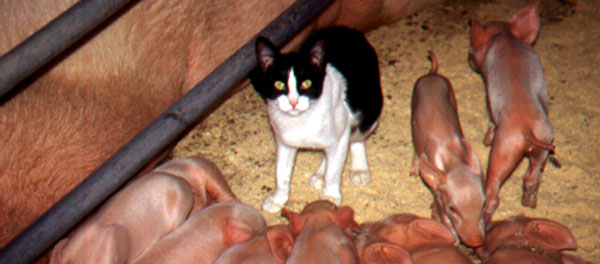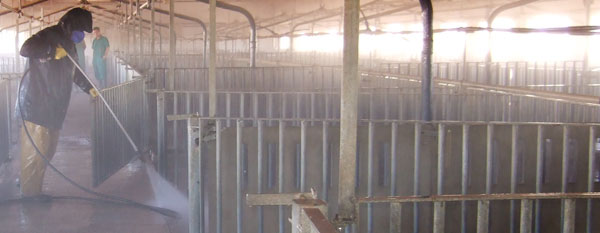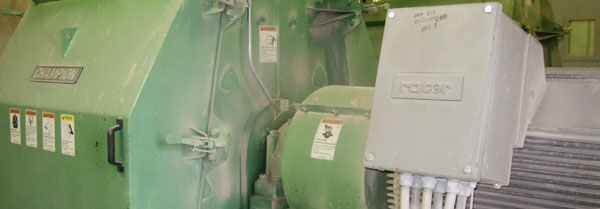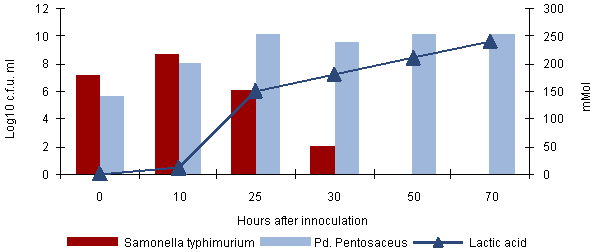As we saw in the previous article it is easy for a farm to become contaminated with Salmonella. However, because pigs can be infected with more than one serotype at a time, it will be very important to establish a series of preventive measures to prevent a worsening health status with the introduction of new serotypes:
- Maintain a single source for replacing and dispose of a quarantine area in case of introducing an external source. It would be advisable for the source to follow a prevalence control program.
- Maintain proper control of rodents, insects and birds.
- Have good passive biosecurity measures: complete fencing to prevent the entrance of people and animals, a loading dock that will prevent direct contact of the holding of the truck and re-entry of liquids and animals; special wardrobe for visits, proper definition of clean and dirty areas, discharge feed and materials from outside the farm, carcass disposal from the dirty area, and so on.
- Prevent the entry of domestic animals onto the facilities.


- Control of visitors. Mandatory change of footwear and apparel, as well as a requirement for washing and disinfecting hands.
- Secure origin and proper storage of feed.
- Disinfection of drinking water and proper distribution.
But in order to reduce the prevalence of Salmonella, apart from prevention measures, we also should take measures to control it. There are still many farms with high percentages of seropositivity. In-farm controls permit the reduction of dissemination of the infection and as a consequence, allow for the reduction of animals shedding Salmonella. Of course this must be accompanied by proper monitoring program to check the progress and effectiveness of any action taken. Among the control measures, we have to distinguish two types: a generic one that will help us not only to control the spread of Salmonella on the farm but also other infections that may be present.
Generic control measures:
- Batch management.
- Application of the of all-in/all-out technique, in rooms or buildings.
- Proper cleaning and disinfection of empty areas, including feeders, drinkers and manure pits if possible. Pay special attention to prevent accumulation of dirt either in pens or on equipment.

- Work routines should always be organized going from youngest to oldest.
- Each production phase should have its material, specific clothing and footwear.
- Management of manure pits should be carried out avoiding excessive filling levels, if possible, and as already mentioned, completely emptying and cleaning them between batches.
- The pens should have adequate drainage and it would be ideal if the separations between the them were solid.
- House animals in the corral based on density, according to their weight.
- Adequate environmental conditions for each stage of production, especially avoiding large fluctuations in temperature.
- Proper pest control will also help control the spread of the disease.
Specific control measures:
-
Feed may change the conditions of the intestine, hindering growth of Salmonella.
- Feed presented in the form of flour instead of grain; numerous epidemiological studies associate granules with a higher risk of prevalence.
- Coarser particle size (matrices> 3mm) or inclusion of certain fibrous raw materials in significant proportions (10% beet pulp).

- Acidified diets, either with the inclusion of organic acids or due to fermentation (fermented liquid feed).
Effect of fermented liquid feed on S. typhimurium.

Beal et al. 2002
- Use of probiotics or yeast in the feed.
- The use of vaccines has been shown to have a positive effect in reducing prevalence.
As we can see, the struggle against Salmonella in pigs is not easy and inevitably we need management techniques that maintain not only production targets, but also health care.


